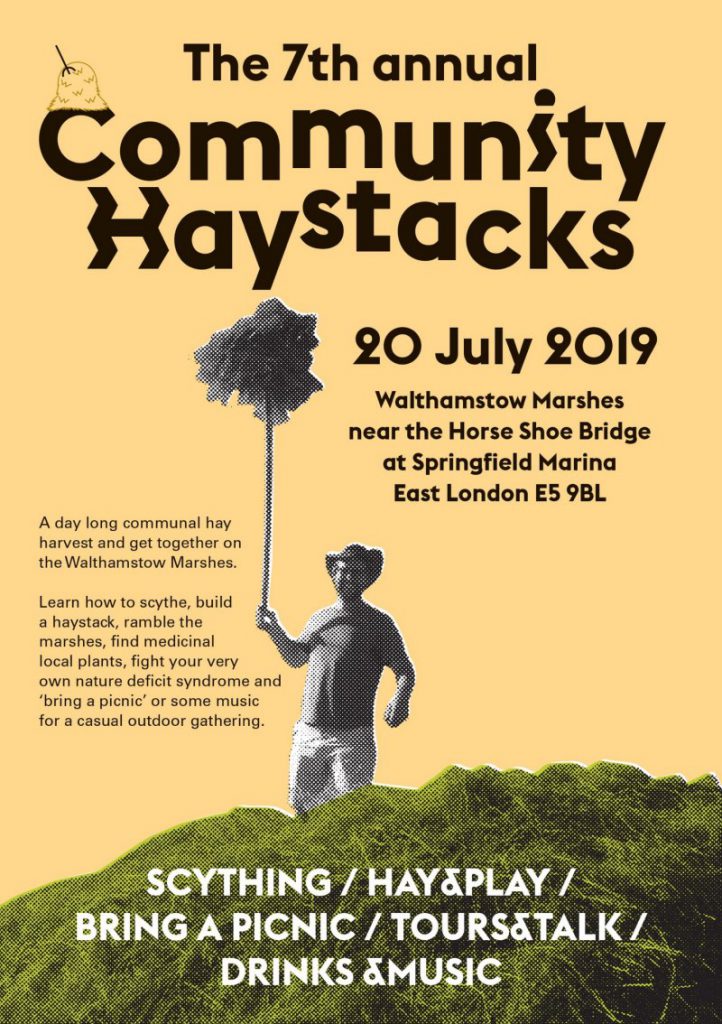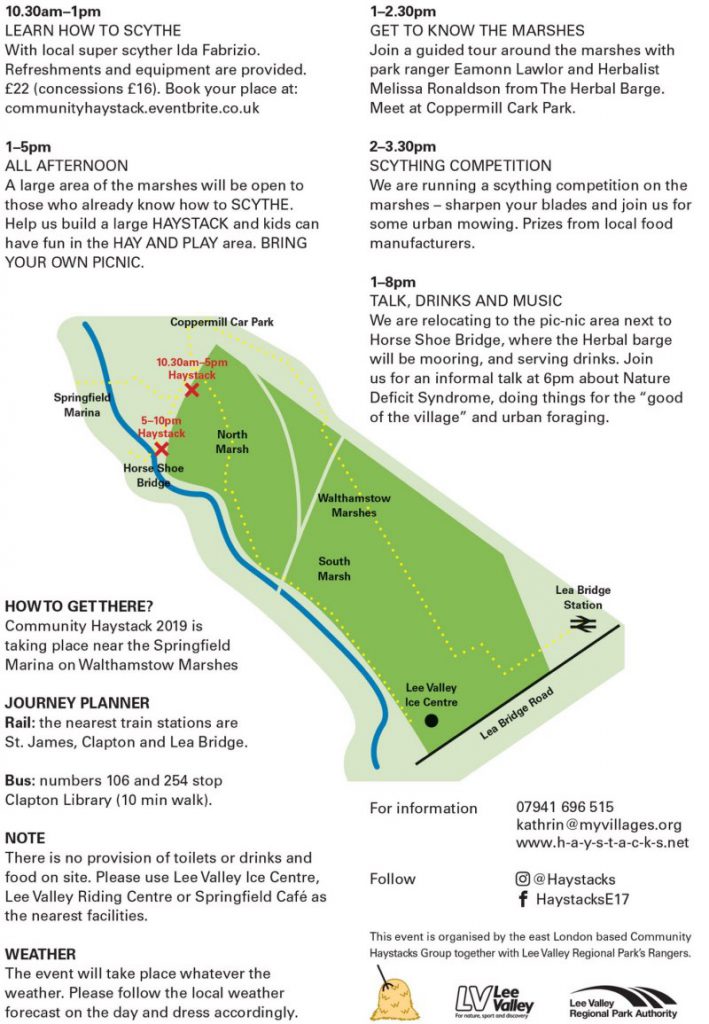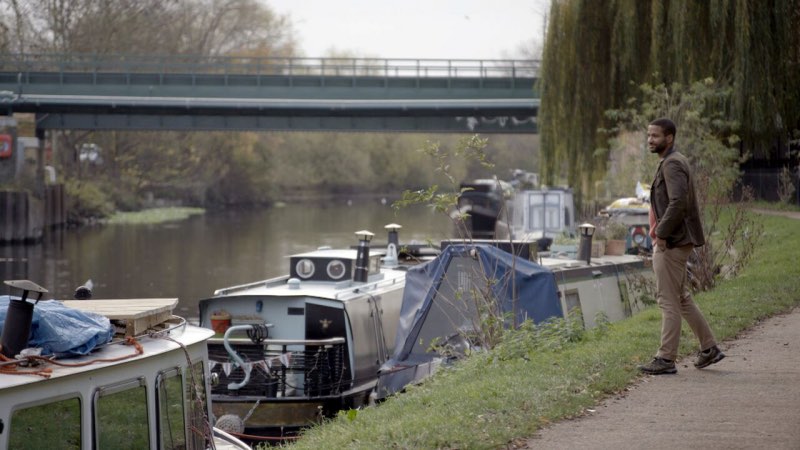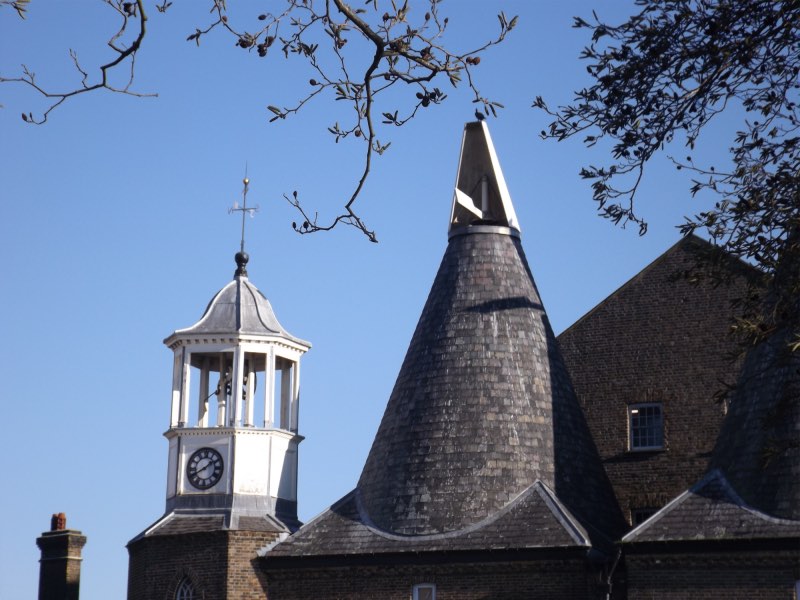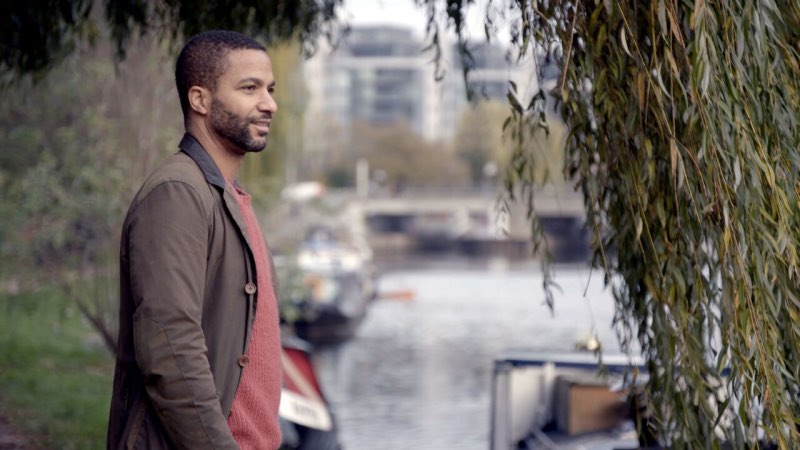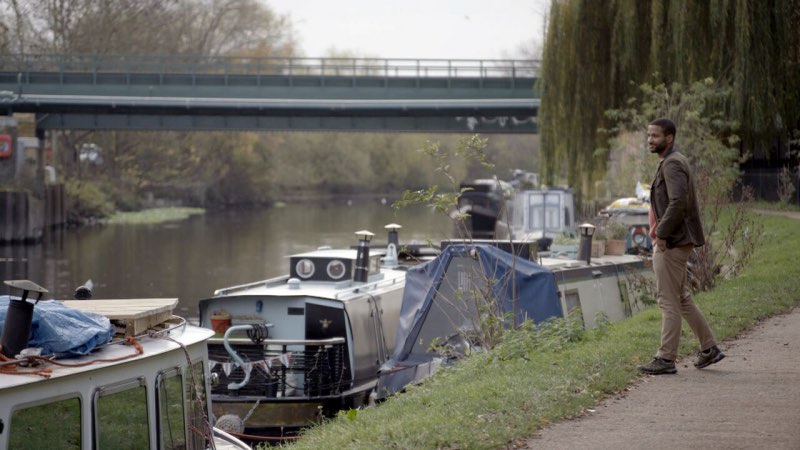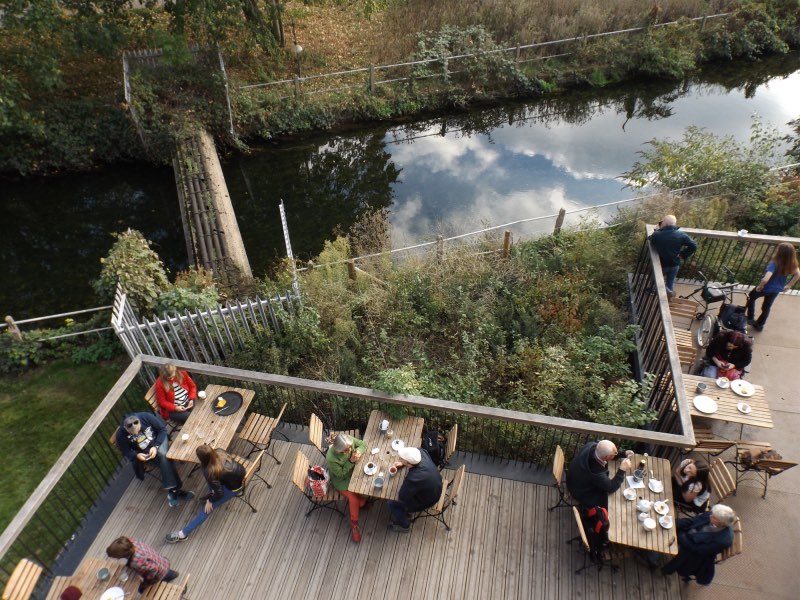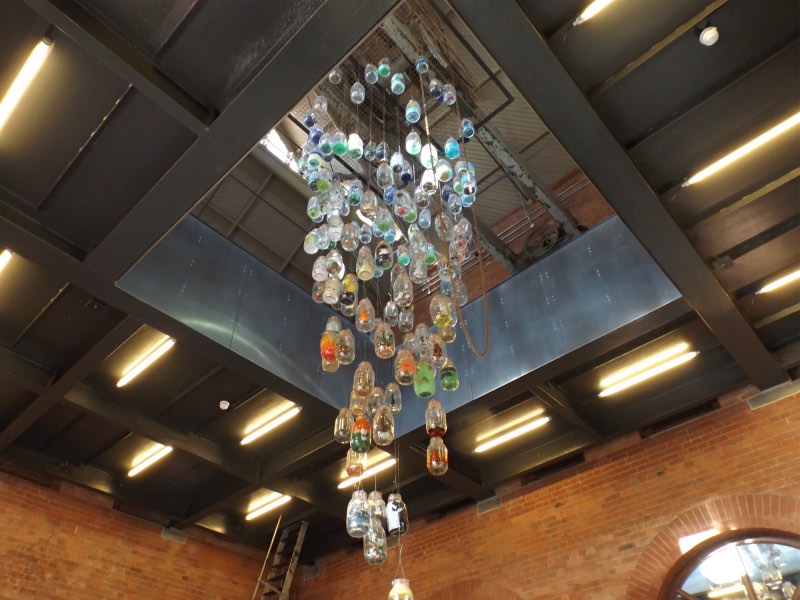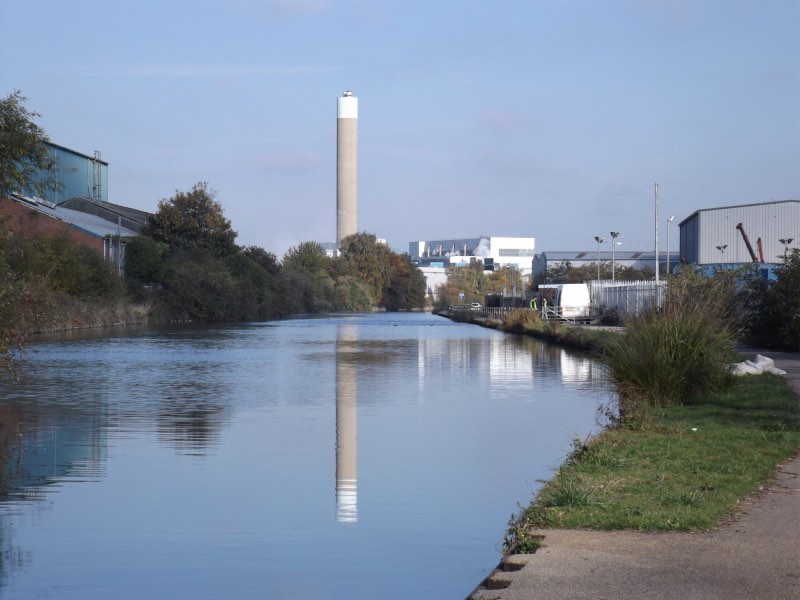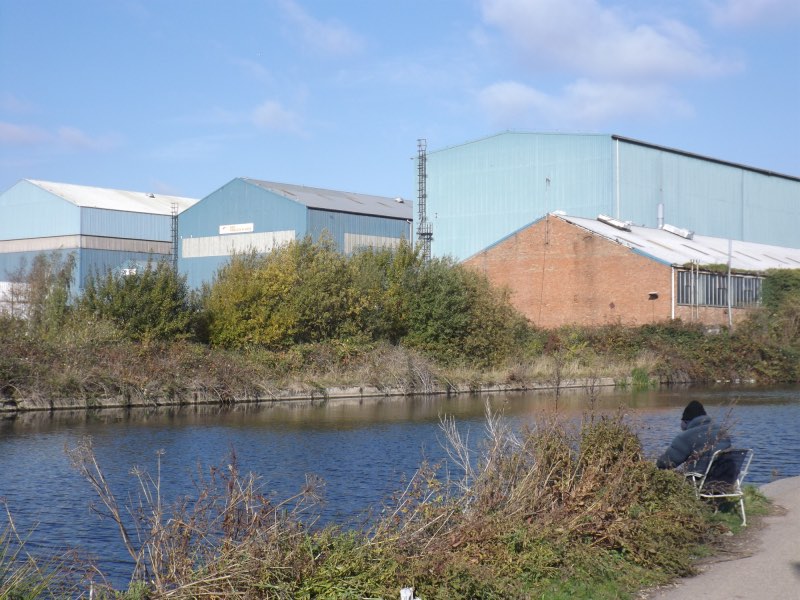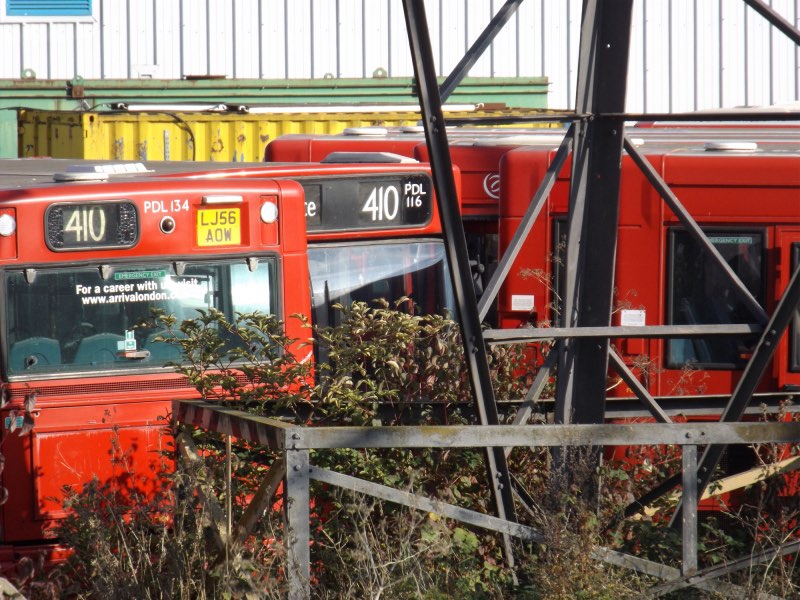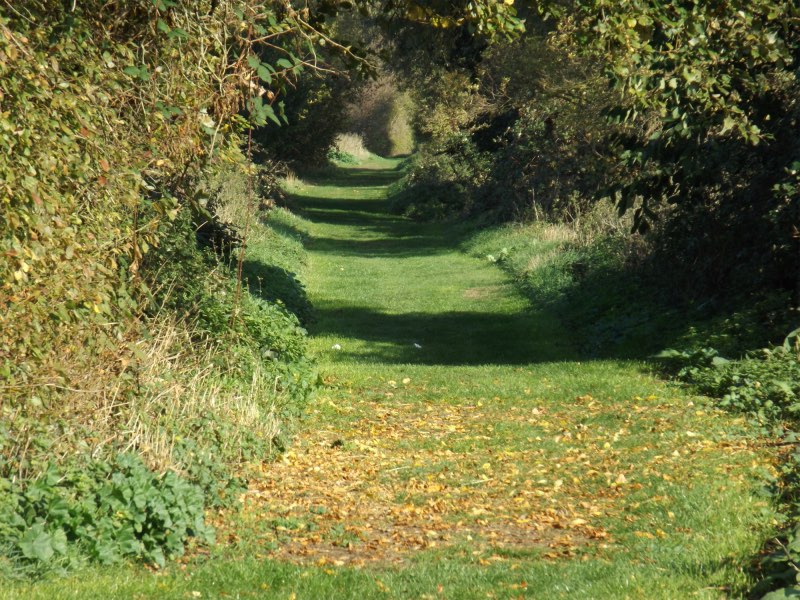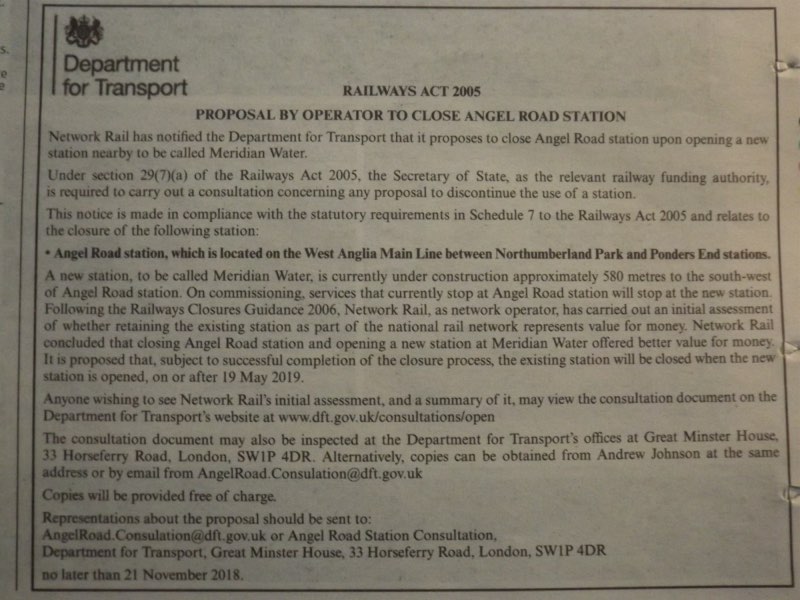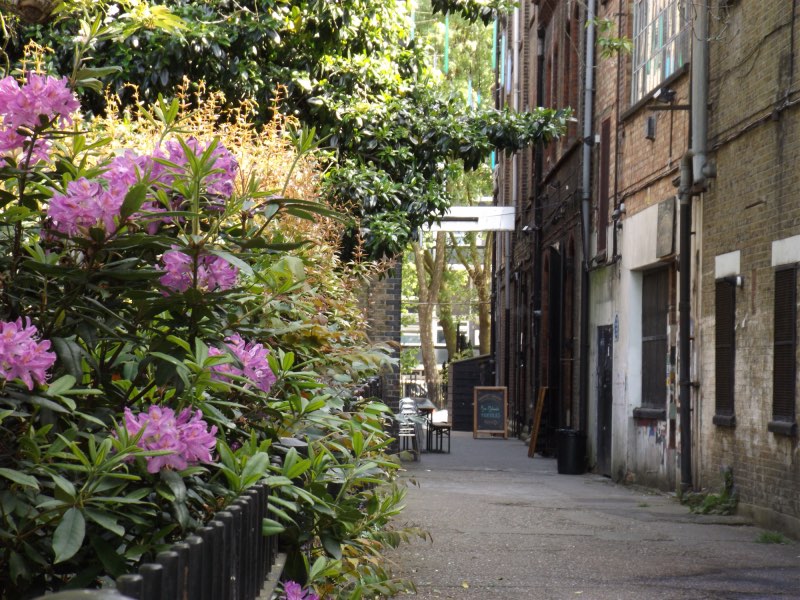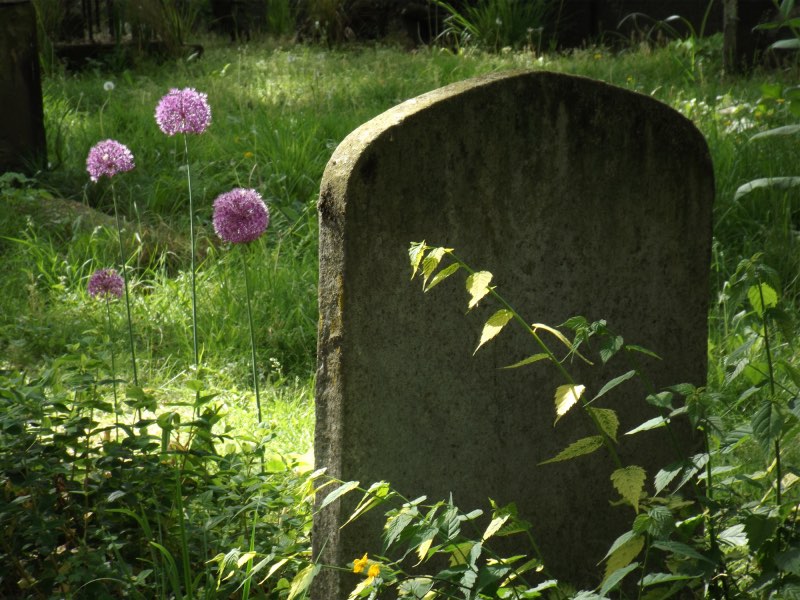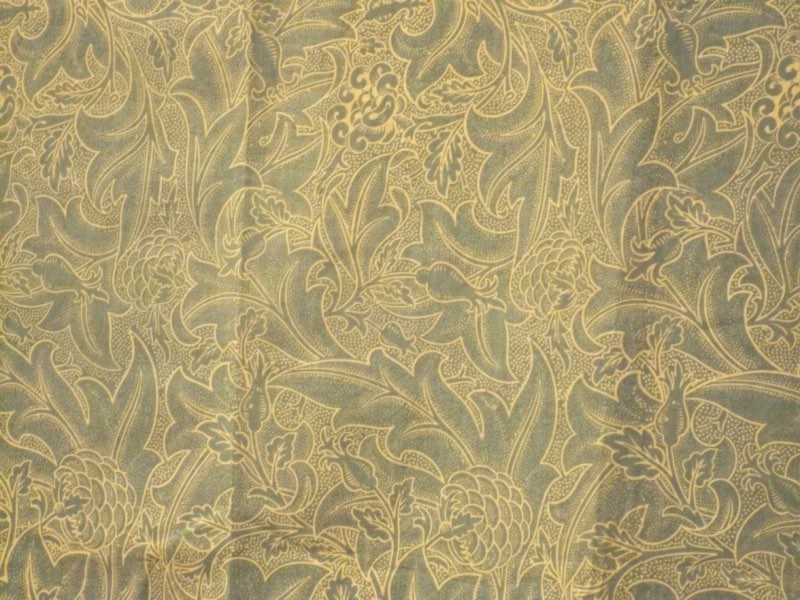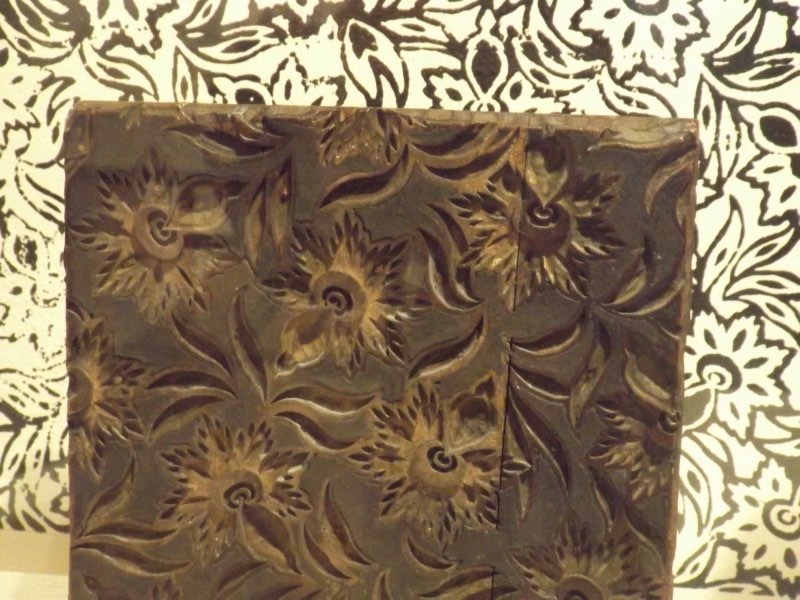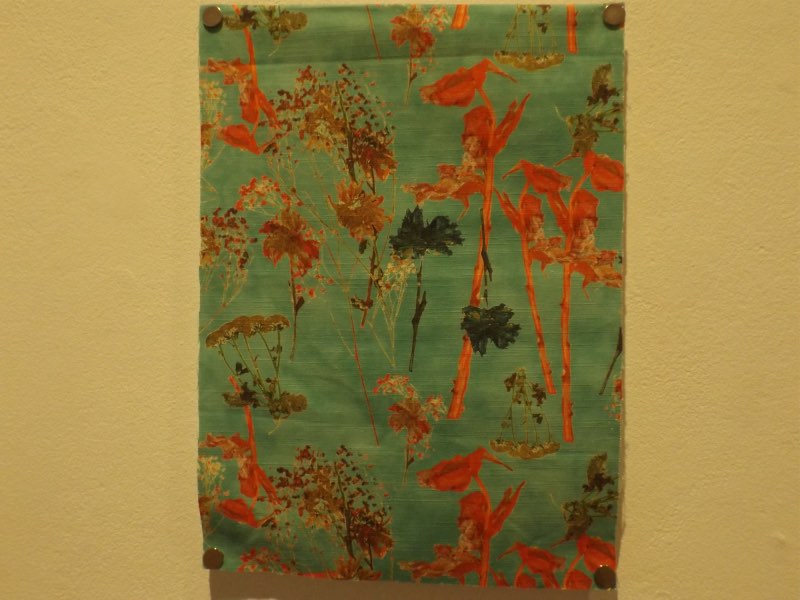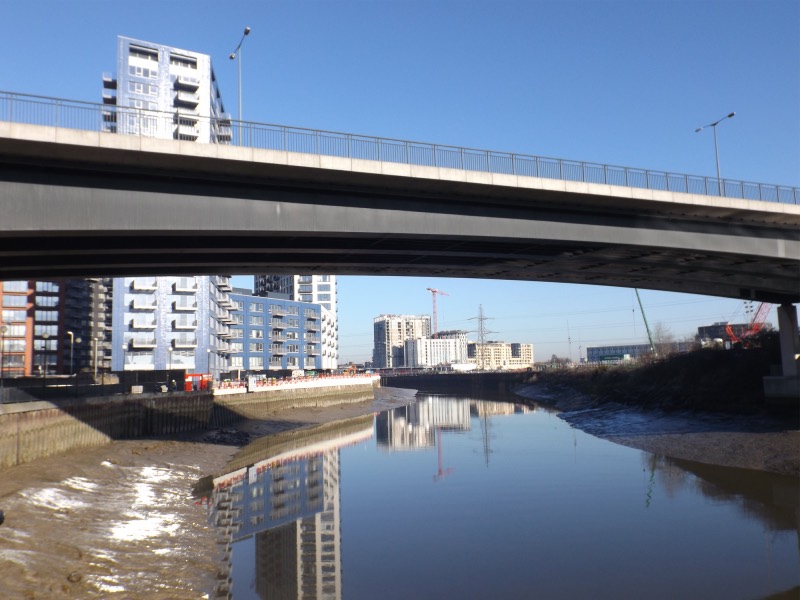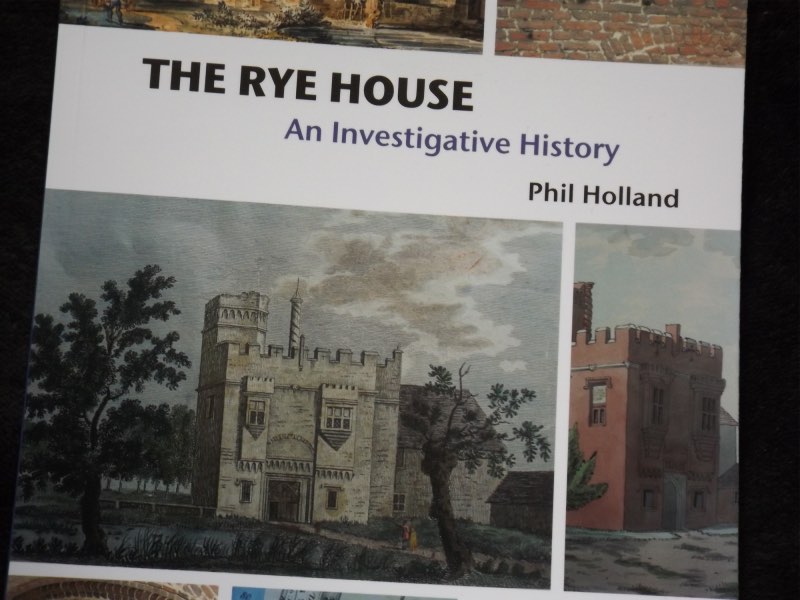
Phil Holland’s book
Phil Holland, who has worked at Rye House and knows it intimately, has written a book about the moated and allegedly haunted gatehouse.
Rye House and its lovely pub with its 400 year old windows is a popular stop on the Lea Valley Walk.
Only the early 15th-century gatehouse survives from the house. By the time JMW Turner painted it in 1973 the linked buildings comprising the stately home appear to have been replaced by weatherboarded constructions.
The saved gatehouse became isolated 1970.
Phil has undertaken very impressive research and come up with plenty of new facts.
Something not highlighted before is that Rye House was the home of Katharine of Aragon’s lady in waiting Maud Parr. Her daughter Catherine, brought up in the Lea Valley, became Henry VII’s sixth wife.
The book also claims that Elizabeth I stayed as a princess maybe on her way upstream to Hatfield.
The Rye House Plot which was never attempted, although the mastermind was hanged, is explained.
There is an exhaustive chapter on the incredible Great Bed of Ware which was on view at Rye House during the 19th century. It had resonance to visitors being mentioned in the works of William Shakespeare, Ben Jonson, Lord Byron and Charles Dickens. Today we can add former poet laureate Andrew Motion although the bed is now in the V&A Museum.
This book without doubt adds greatly to our knowlege of the Lea Valley’s history.
The Rye House: An investigative History by Phil Holland is published by Redshank Books; £9.99.
